Health
As We Age, It’s Important That We Never Stop Learning — Here Are 5 Tips for Staying Sharp
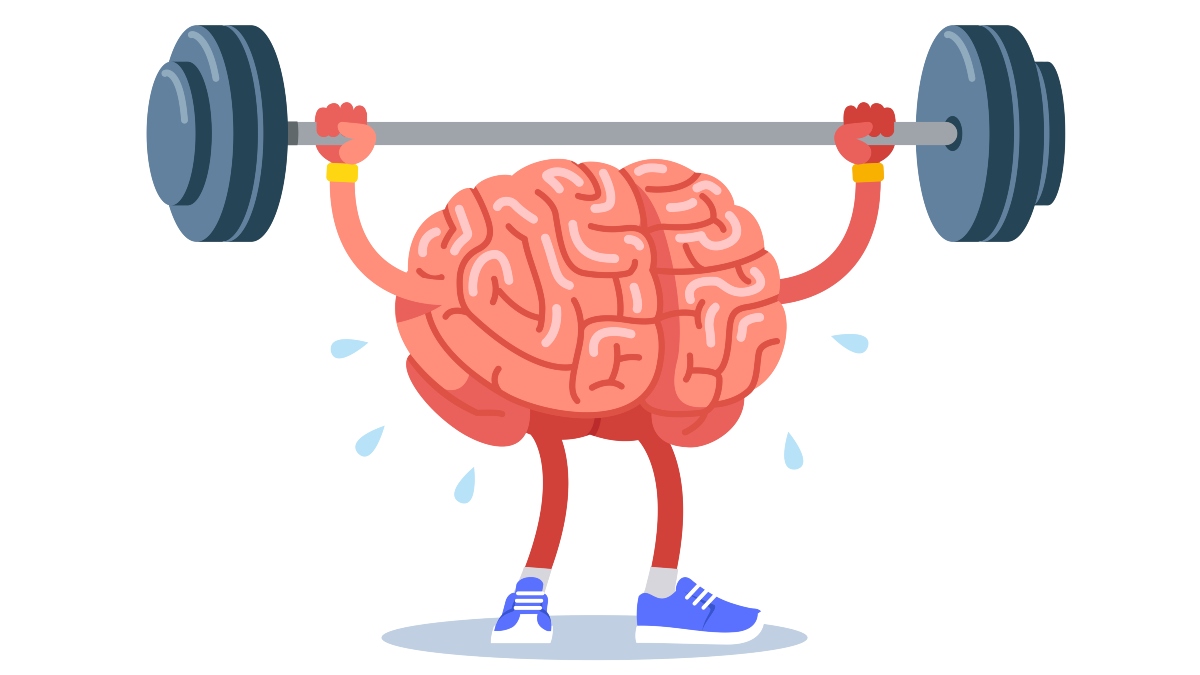
Our task through all life stages is to continue shielding our brain to keep it strong. Learning is the lead singer in this chorus, and the process builds upon itself. As we age, we broaden our circle of learning beyond school to piece together how life works, how relationships work, what holds our interest, how to work, and make a living wage. We co-mingle, educating ourselves through movement, purpose, and careers. We discover how to regulate ourselves to keep learning and growing, to make good decisions, and expand our horizons. Five of the best ways to keep our minds sharp include learning, movement, achieving calm, social engagement, and finding purpose.
At advanced life stages, learning becomes mastery in our chosen fields or avocations. Learning remains core to our brain’s ability to build neurons and pathways that allow functional efficiency at every stage of life. So, the task for older ages is to learn how to be both healthy and old.
This can be tough, given that the “normal” tracks for learning such as school and work may fall away. Replace these with travel, new hobbies, new friends, or a deep dive into finding purpose — whatever it takes to stay vibrant. Another must for maintaining your brain: Consider plant-heavy diets, prioritize social networks, and keep moving.
Keep Your Body Moving
Moshe Feldenkrais, a renowned physicist and founder of the Feldenkrais Method of movement, discovered that movement is the key to maintaining brain health. Movement provides the information the brain needs to reorder, re-sort, and realign whatever might not be efficient or health giving within. Given the complexity of the human body and brain, this is no small task. Yet new research confirms that even the older brain is plastic. Our brilliant brains not only can do it, but they do it all the time!
As we age, movement can become more difficult and can quickly decline into an “aging spiral.” Feldenkrais developed a method of gentler movements that engage the brain in assessing and reordering itself, so the body can move with less pain, with greater ease, and with less wear and tear. During my graduate training in neurobiology, I learned about this method and tried it out to see if it would have any effect on my triple spinal fracture suffered decades earlier. It left me in constant back pain with limited mobility. To my utter amazement, within four months, the pain had disappeared. My spine and back were as mobile as decades before.
The Power of Lifestyle Changes
Dean Ornish is a health pioneer in neuroscience and lifestyle medicine, and author of Undo It! How Simple Lifestyle Changes Can Reverse Most Chronic Diseases. Lifestyle changes, he says, can prevent and tame many modern ills, including cardiovascular disease and even dementia: “Eat well, move more, stress less and love more.” We can’t fix everything, but with the discovery that brain neuroplasticity remains into our later years, we can move the needle, and change many things for the better if we try. Toward that end, find a great support team including a doctor schooled in the science of aging, who can be your partner as you move through this life stage.
5 Brain Shield Tips for Older Ages
- Learning: Choose classes, reading, travel, explorations, new hobbies, avocations, and languages. Never stop learning.
- Movement: Daily exercise of 30 or more minutes at 60 percent to 70 percent maximum heart rate. Engage in regular walking, Pilates, yoga, tai chi, Feldenkrais, or strength classes. Whatever you do, just keep moving!
- Achieving Calm: Getting good sleep is imperative — aim for six to eight hours daily. Limit sleep aid medicines. Include meditation practices, quiet walks, music, and quiet time.
- Social Engagement: Having a network of friends and family is one of the most health-giving aspects of older agers. Staying clear of difficult relationships helps maintain calm.
- Finding Purpose: Doing what you love and what fulfills you is key. If you haven’t figured this out yet, now is the time. Such pursuits can slow heart rate, lower blood pressure, and make you happy!
A version of this article appeared in our partner magazine, Supercharge Your Brain, in 2022.

Health
Half of Americans not equipped to provide life-saving treatment in a crisis, poll finds

Only half the people in the U.S. feel they could be helpful in an emergency situation, a new poll found.
The Ohio State University Wexner Medical Center surveyed a national sample of 1,005 Americans, finding that only 51% of them knew how to perform hands-only CPR if needed.
In cases of serious bleeding, only 49% said they could assist, and 56% said they would be equipped to help someone who was choking.
The data was collected via phone and email from April 5 to April 7 of this year.
KIDS AS YOUNG AS 4 YEARS OLD CAN BEGIN TO LEARN MEDICAL EMERGENCY TRAINING: NEW REPORT
“The key takeaways from our survey are that patient outcomes would improve if the general public learned some basic life-saving measures in the areas of hands-only CPR, choking rescue and bleeding control,” Nicholas Kman, M.D., emergency medicine physician at Ohio State Wexner Medical Center and clinical professor of emergency medicine at The Ohio State University College of Medicine, told Fox News Digital.
“We can save lives while we wait for first responders to arrive.”
Only half the people in the U.S. feel they could be helpful in an emergency situation, a new poll has found. (iStock)
“For every minute that passes, the chance of survival drops, and if they do survive, there’s less chance of a good neurologic outcome.”
Data shows that 70% to 80% of cardiac arrests occur in the home and 20% happen in a public place, according to Kman.
HELP DESPERATELY NEEDED: AMERICAN HEART ASSOCIATION LAUNCHES ‘NATION OF LIFESAVERS’ PROGRAM
“Outcomes are poor when the arrest is unwitnessed at home,” he told Fox News Digital.
“Just think, the person with the medical emergency could be your loved one in your house. You may have to provide life-saving treatment until first responders arrive.”

Data shows that 70% to 80% of cardiac arrests occur in the home and 20% happen in a public place, a researcher said. (iStock)
Based on the survey findings, Kman advised the public to get trained in life-saving measures — particularly hands-only CPR, choking and serious bleeding.
“Look for training that may be offered through community days at hospitals, schools, libraries, community organizations, religious institutions, volunteer groups, festivals and sporting events,” he suggested.
“We’re responsible for each other.”
Organizations and websites such as the American Red Cross, the American Heart Association and Stop The Bleed may offer these courses for free or low cost, Kman noted.
After learning the skills, it’s important to practice them, the doctor said.
“We would love the public to learn how to do hands-only CPR and practice the skill of doing CPR every six weeks,” Kman said.
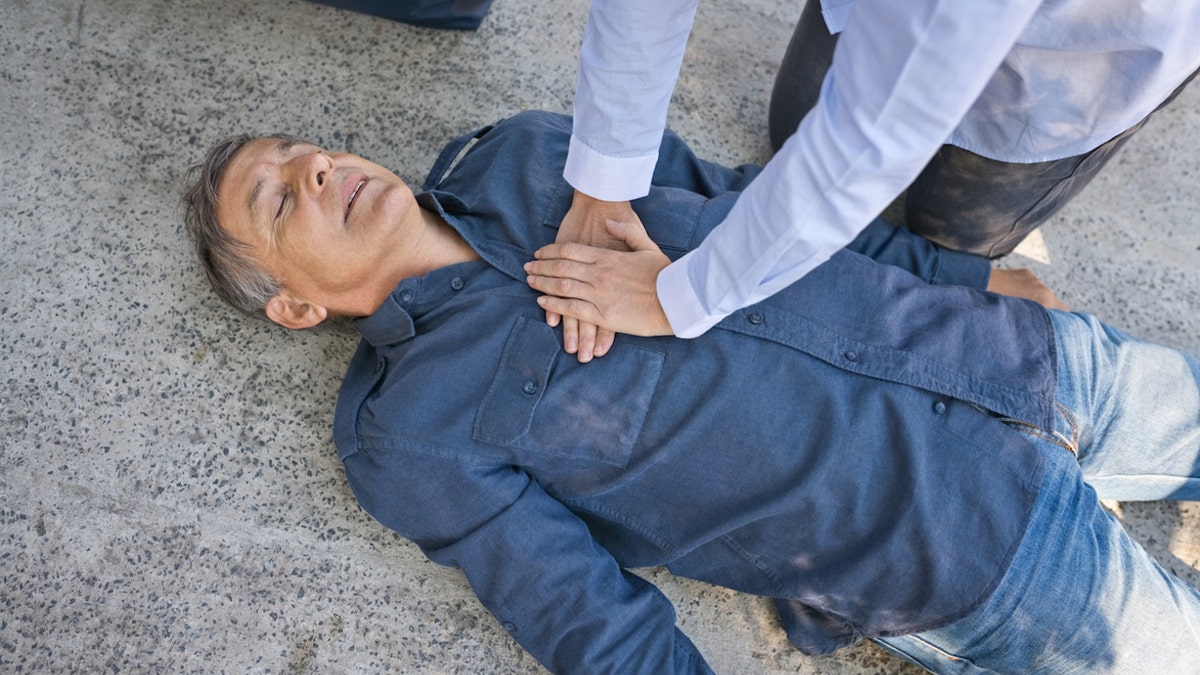
Based on the survey findings, researchers advised people to get trained in life-saving measures, particularly hands-only CPR, choking first-aid and serious bleeding assistance. (iStock)
“As with any skill, practice builds confidence. If we don’t practice it, we lose that skill.”
The OSU survey did have some limitations, Kman acknowledged.
“The survey was a convenience sample of a cross-section of Americans,” he told Fox News Digital.
HEART ATTACKS MORE LIKELY DURING PRESIDENTIAL ELECTIONS AND OTHER STRESSFUL TIMES, STUDY SHOWS
“Most demographics were equally represented, but different regions do better at this than others, and their cardiac arrest results and survival reflect that,” he continued.
“States and countries that prioritize training the public have higher survival rates.”
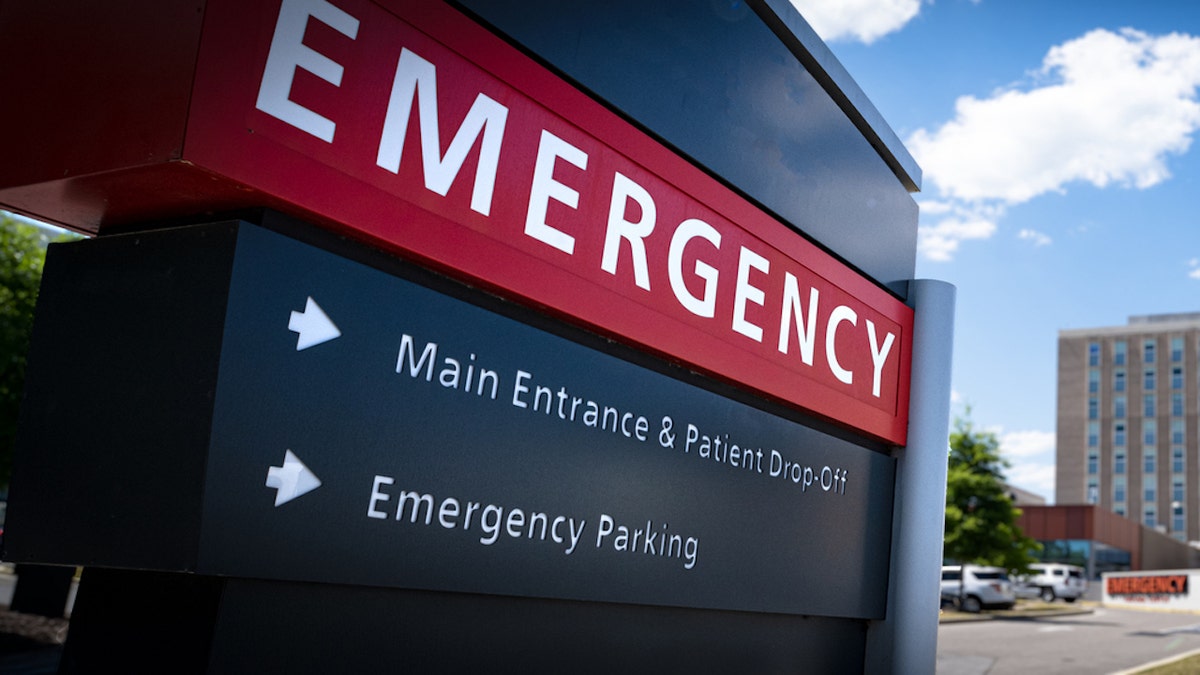
“When you’re trained in these lifesaving skills, you’ll know how to recognize the signs that someone needs help and buy time until the [first] responders can get there,” a doctor said. (iStock)
Dr. Kenneth Perry, an emergency department physician in South Carolina, was not involved in the survey but said he was surprised that more people don’t feel unprepared.
“Even for medical professionals, having a medical emergency occur without preparation can be a very stressful event,” he told Fox News Digital.
“It is very important for people to have basic lifesaving skills.”
“It is very important for people to have basic lifesaving skills.”
The easiest and most helpful skill that people should learn is how to operate an automated external defibrillator (AED). These are located in many public places, such as gyms, malls and even some public walkways, according to Perry.
“These devices are the best way to save a person who is suffering from cardiac arrest,” he said.
CLICK HERE TO SIGN UP FOR OUR HEALTH NEWSLETTER
“If the person has an abnormal heart rhythm that can be brought back to normal with electricity, this device will save that patient.”
This is a very time-sensitive process, however — it must happen as early as possible, the doctor advised.
“Early defibrillation is directly correlated with the best outcomes for patients who suffer an out-of-hospital cardiac arrest.”
Ultimately, Kwan, said, “we’re responsible for each other.”
“When you’re trained in these lifesaving skills, you’ll know how to recognize the signs that someone needs help and buy time until the responders can get there.”
For more Health articles, visit www.foxnews.com/health.
Health
Second American contracts bird flu tied to dairy cows as CDC says risk of infection still low

CDC issues alert over bird flu case
Fox News medical contributor Dr. Marc Siegel on what to know about bird flu and why it is important to not look directly at the solar eclipse without proper glasses
The Centers for Disease Control and Prevention (CDC) announced Wednesday that a second H5N1 bird flu case has been identified by officials.
A 55-year-old Michigan dairy worker became ill after working with H5N1-infected cattle, the CDC said in a press release. While an upper respiratory tract sample tested negative, a specimen from his eye confirmed the H5N1 bird flu infection.
A Texas farm worker was diagnosed with the disease in March. Both the Michigan and Texas patients suffered from conjunctivitis, or pink eye. Neither showed signs of a respiratory infection.
“Conjunctivitis (eye infection) has been associated with previous human infections with avian influenza A viruses and is part of the current CDC case definition for A(H5N1) surveillance,” the CDC explained in a Wednesday press release.
VIRAL ‘HOSTAGE TAPE’ SLEEPING TREND GAINS STEAM AS DOCTORS WARN OF POTENTIAL DANGERS
At least two farm workers have been infected with H5N1 bird flu this year. (iStock)
“While it’s not known exactly how eye infections result from avian influenza exposures, it may be from contamination of the eye(s), potentially with a splash of contaminated fluid, or touching the eye(s) with something contaminated with A(H5N1) virus, such as a hand.”
The Texas case marked the first human case of H5N1 bird flu in the United States. Globally, it was the first time a human caught H5 bird flu from a cow.
The United States Department of Agriculture (USDA) has found that at least 49 dairy herds across nine states have been exposed to H5N1. On Wednesday, the CDC maintained that the health risk that H5N1 bird flu poses to humans is still low.
THREE WOMEN — AGES 41, 55 AND 64 — SHARE THEIR SECRETS TO BETTER HEALTH AND LONGEVITY
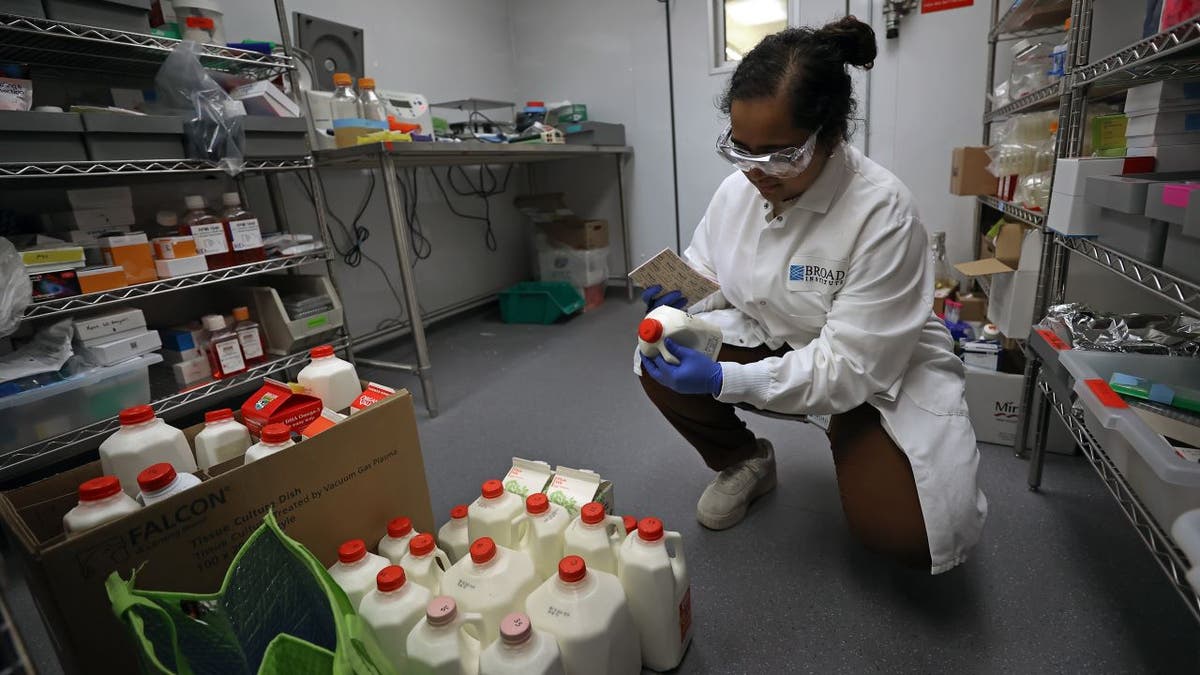
Fatinah Albeez, a research associate with the Broad Institute’s Sabeti lab, works with milk samples in May 2024. (David L. Ryan/The Boston Globe via Getty Images)
“Based on the information available, this infection does not change CDC’s current H5N1 bird flu human health risk assessment for the U.S. general public, which the agency considers to be low.,” the CDC said. “However, this development underscores the importance of recommended precautions in people with exposure to infected or potentially infected animals.”
Officials are still monitoring the outbreak, but maintain that pasteurized milk is safe to drink.
“I can say without reservation that our commercial milk and meat supplies are safe,” USDA official Eric Deeble said during a briefing on May 16. “At no time were animals that are sick from H5N1 or any other animal disease permitted to enter into our food supply.”
CLICK HERE TO SIGN UP FOR OUR HEALTH NEWSLETTER
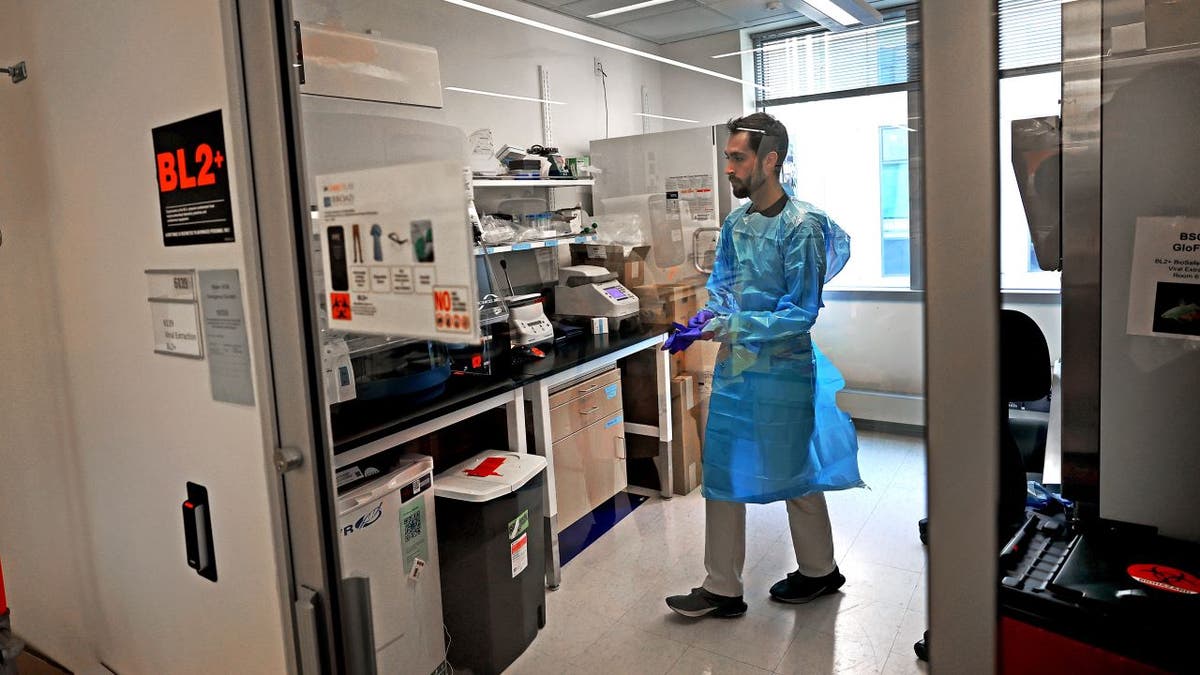
Jon Arizti Sanz, PhD, Postdoctoral Fellow working in the lab to test bird flu samples in May 2024.
The CDC is encouraging Americans to avoid exposure to dead animals and animal waste. Officials also discourage drinking raw milk.
“Following these recommendations is central to reducing a person’s risk and containing the overall public health risk,” the organization advised.
Fox News Digital’s Melissa Rudy contributed to this report.
For more Health articles, visit www.foxnews.com/health.
Health
Heart attacks during election year, plus lupus myths and life support decisions
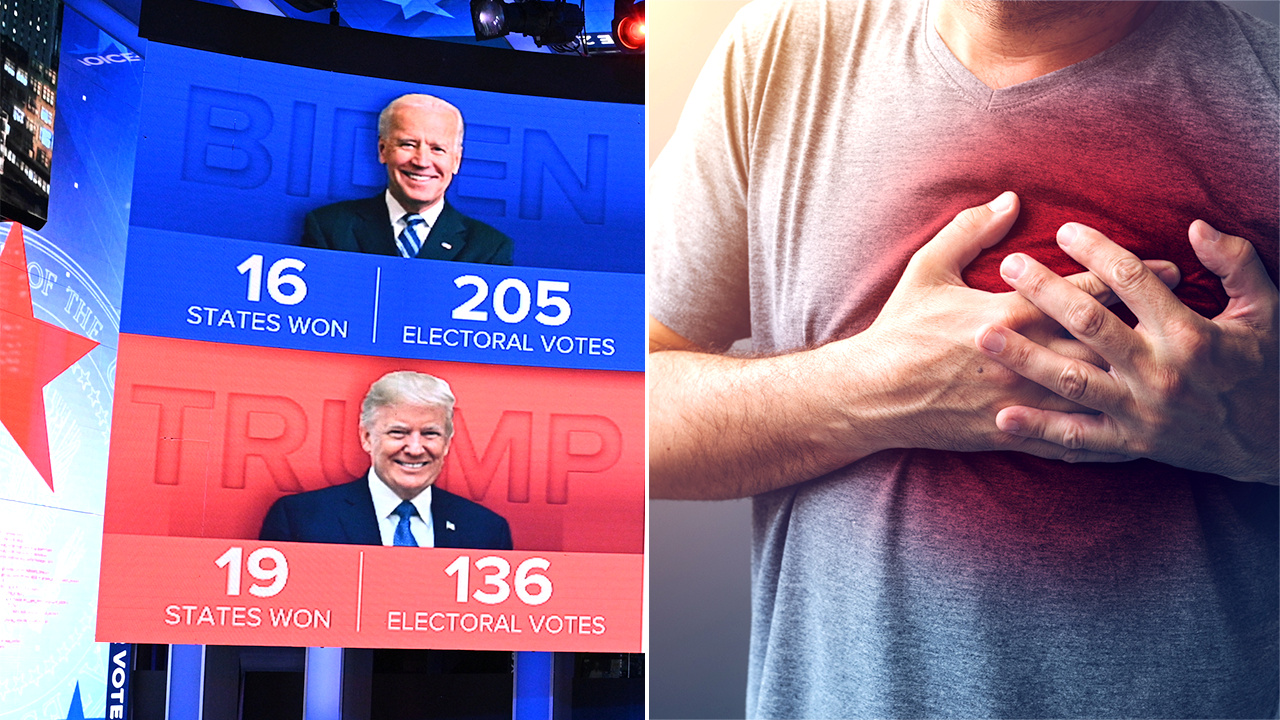
People with high stress sensitivity, anxiety or depression are at a “significantly higher heart attack risk” during periods of social or political stress, a study found. (Lorenzo Bevilaqua/ABC via Getty Images; iStock)
STRESS TEST – Heart attack risk spikes for some people during periods of stress, such as election seasons, a new study found. Continue reading…
IRREVERSIBLE DECISIONS – Many patients who died after traumatic brain injuries may have survived and recovered if their families had waited to take them off life support, a new study found. Doctors react. Continue reading…
‘NOT A DEATH SENTENCE’ – For Lupus Awareness Month, a lupus expert debunks 7 common myths about the autoimmune disease. Continue reading…
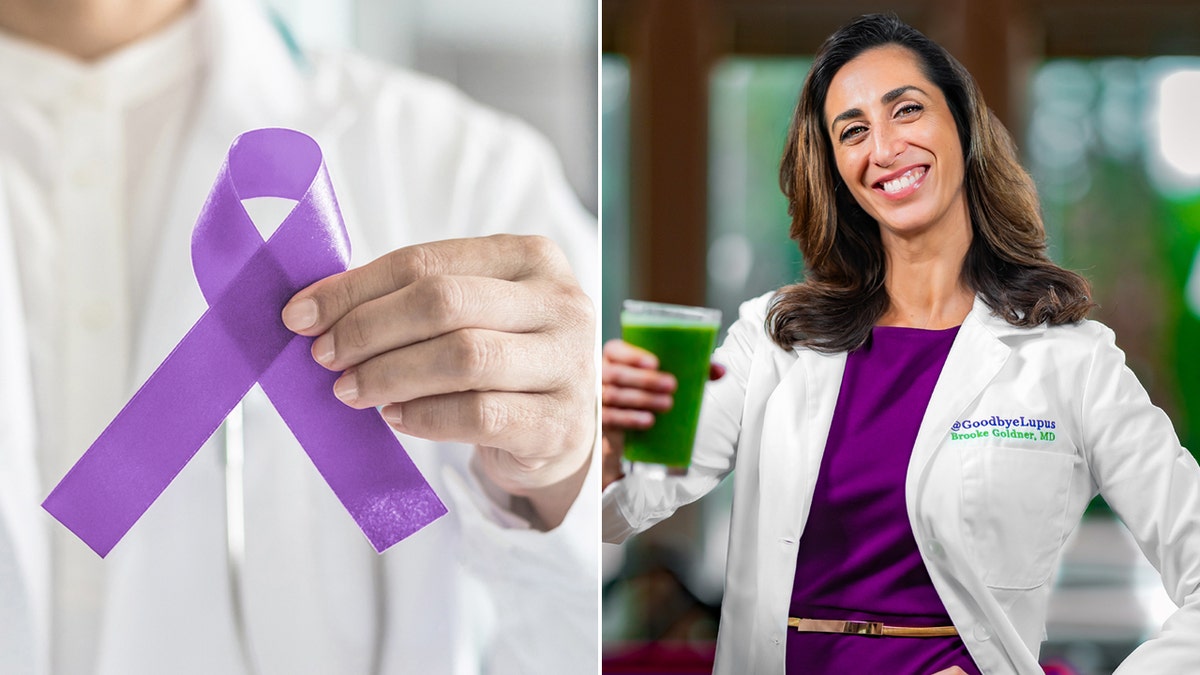
Dr. Brooke Goldner, a board-certified medical doctor and an autoimmune professor at Cornell University, pictured at right, is committed to debunking lupus myths and misconceptions. (iStock/Dr. Brooke Goldner)
CHEW ON THIS – “Is it dangerous to swallow gum?” In our Ask a Doc column, a gastroenterologist explains the risk. Continue reading…
NIGHTMARISH SYMPTOMS – Those who experience vivid nightmares and odd hallucinations might have an underlying autoimmune disease, a new study suggests. Continue reading…
LIVING LONGER – For Women’s Health Month, three mothers at three different stages of life shared how they are defying age through simple lifestyle practices and interventions. Continue reading…
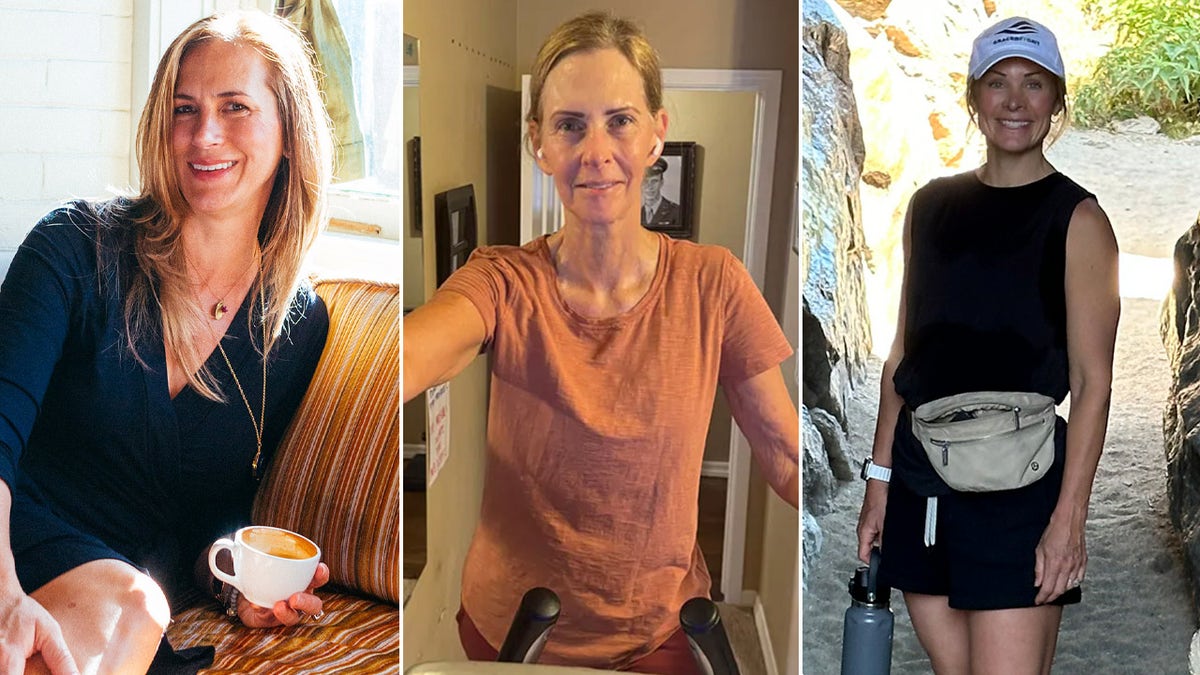
Left to right, Julie Gibson Clark, Amy Hardison and Lil Eskey shared the lifestyle habits that help them slow down biological aging. (James Lee, Amy Hardison, Lil Eskey)
NEW HOPE – Paralyzed participants in a trial saw “significant improvement” in their hand and arm function after receiving spinal cord simulation. Continue reading…
CHEMICAL CULPRITS – Americans may be breathing in cancer-causing chemicals while driving, recent research suggests. Doctors weigh in on the potential risk. Continue reading…
CAUTIONARY TALES – This May, for Skin Cancer Awareness Month, two melanoma patients are sharing their stories of how they overcame this invasive form of the disease. Continue reading…
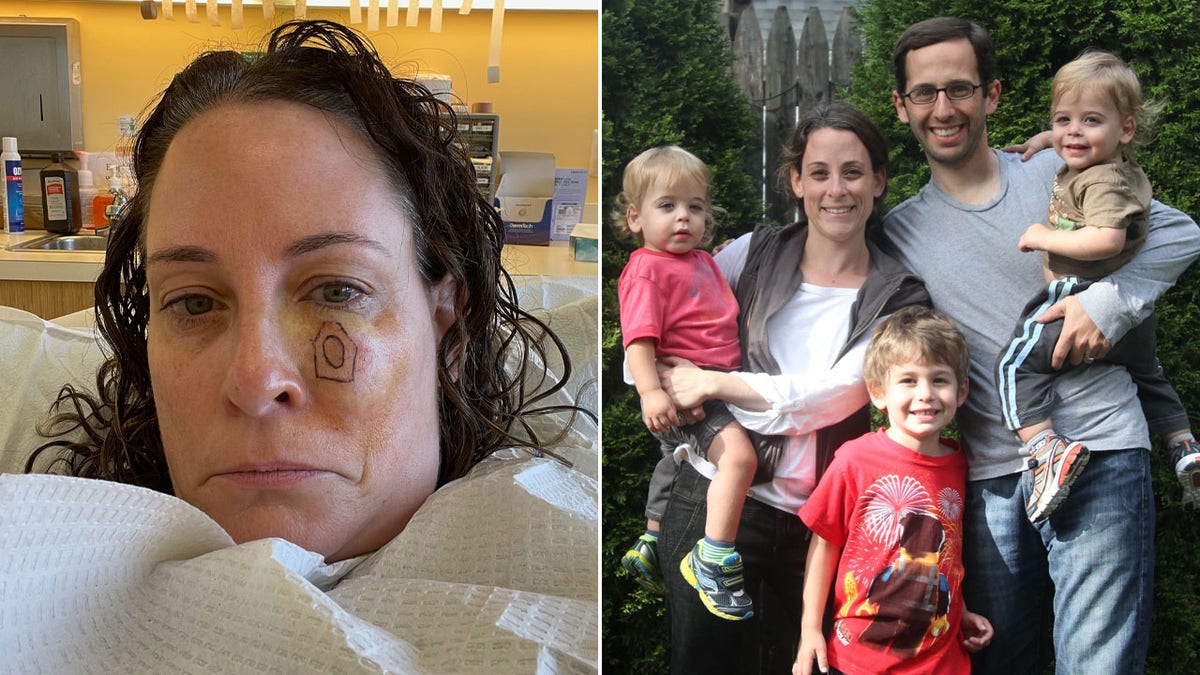
Abby Weiner, pictured at left and at right with her husband and sons, was diagnosed with melanoma in Oct. 2023. (Abby Weiner)
FOLLOW FOX NEWS ON SOCIAL MEDIA
YouTube
SIGN UP FOR OUR NEWSLETTERS
Fox News First
Fox News Opinion
Fox News Lifestyle
Fox News Health
Fox News Autos
Fox News Entertainment (FOX411)
DOWNLOAD OUR APPS
Fox News
Fox Business
Fox Weather
Fox Sports
Tubi
WATCH FOX NEWS ONLINE
Fox News Go
STREAM FOX NATION
Fox Nation
-

 World1 week ago
World1 week agoPro-Palestinian university students in the Netherlands uphold protest
-

 Politics1 week ago
Politics1 week agoReports of Biden White House keeping 'sensitive' Hamas intel from Israel draws outrage
-

 Politics1 week ago
Politics1 week agoSouthern border migrant encounters decrease slightly but gotaways still surge under Biden
-

 Politics1 week ago
Politics1 week agoWhite House walks diplomatic tightrope on Israel amid contradictory messaging: 'You can't have it both ways'
-

 Politics1 week ago
Politics1 week agoDem newcomer aims for history with primary win over wealthy controversial congressman
-

 World1 week ago
World1 week agoSlovakia PM Robert Fico in ‘very serious’ condition after being shot
-

 Politics1 week ago
Politics1 week agoJill Biden tells Arizona college graduates 'community colleges should be free in America'
-

 News1 week ago
News1 week agoDespite state bans, abortions nationwide are up, driven by telehealth














